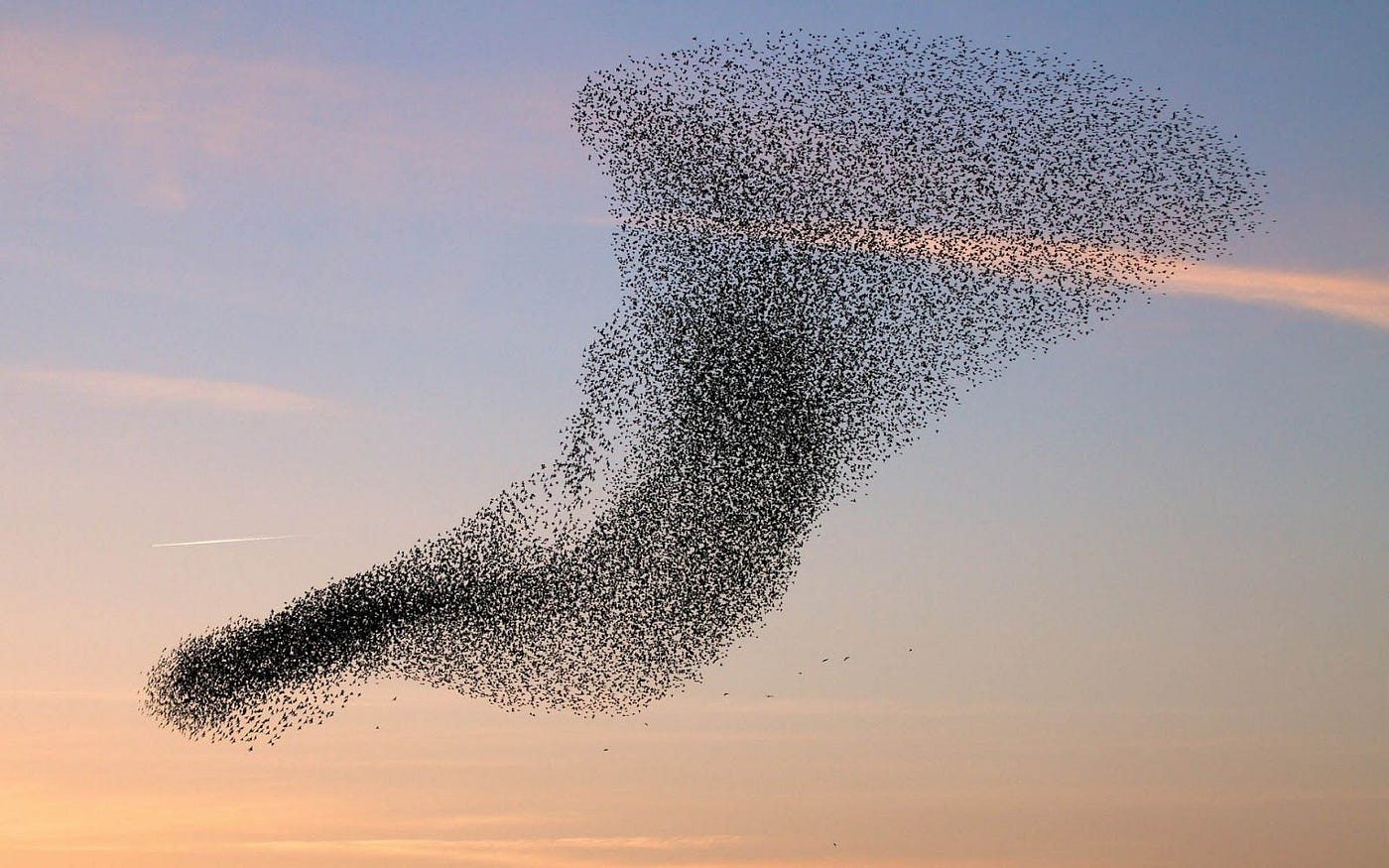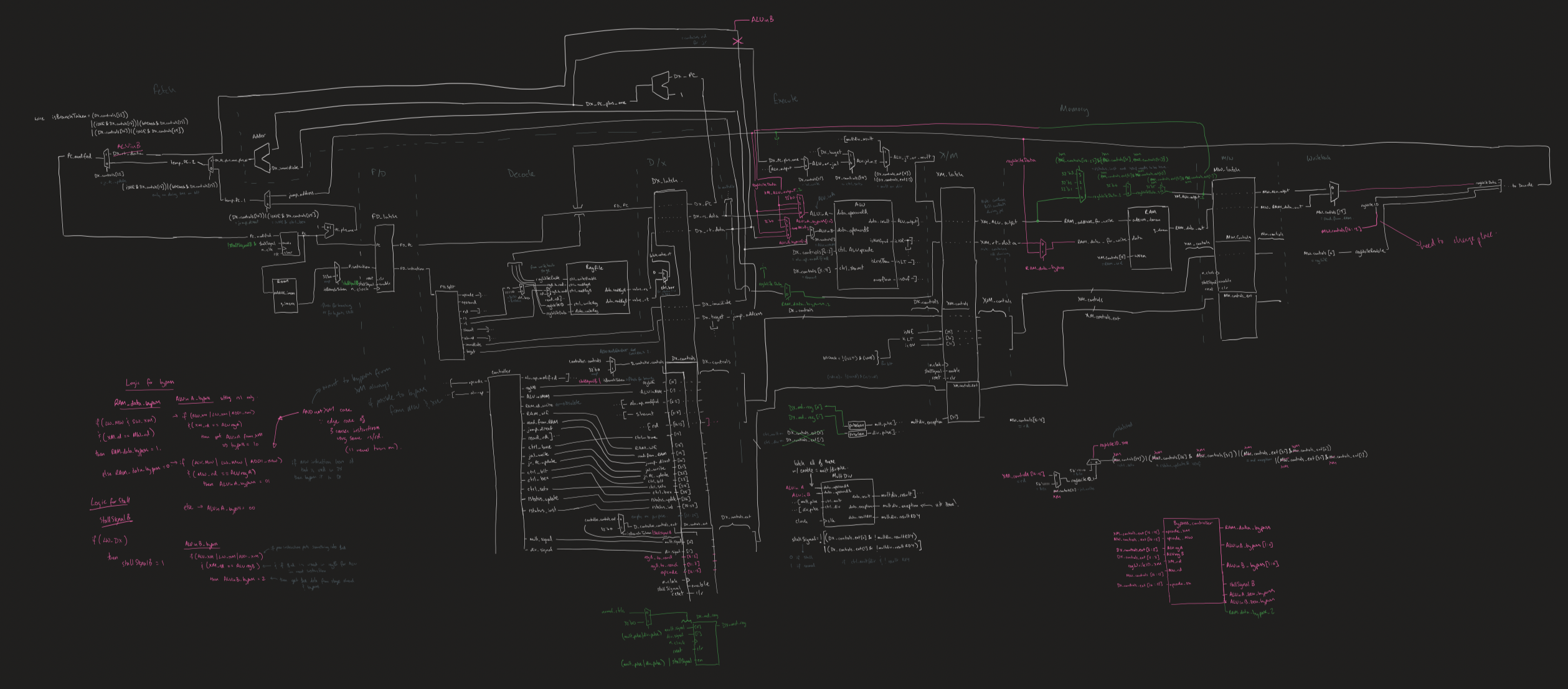a few projects.
Here are a few projects I have done, that are a bit longer and more formally documented.
I haven't included things I am currently working on.
Below are links to the projects in chronological order.
🝆 Foresee
2024-25
A Modular and Open Framework to Explore Integrated Processing on Brain-Computer Interfaces
Paper accepted at IEEE EMBC 2025

∆ Boids_FPGA
2024
A very fast and efficient hardware (verilog + FPGA) implementation of the boids flocking algorithm.

⌘ Verilog_MIPS_CPU
2024
A fully functioning 5 stage, pipelined, bypassed CPU made using Verilog from the ground up.

ꐠ Melanoma_Scan
2021-22
An ios app that can detect skin cancer, and provide important environmental and location
based information for melanoma.

☼ Solar_Panel_Dust_Sensor
2022
A cost-effective arduino project to detect dust on solar panels.

♽ Projects to add
20??
Yale BCI, Checker chip, SAT accelerator